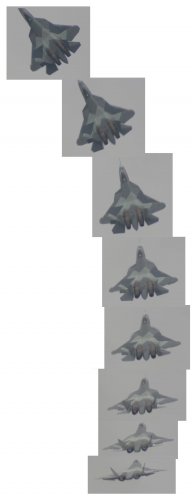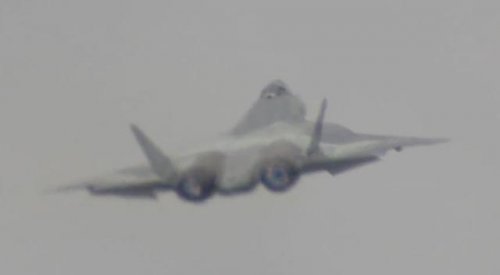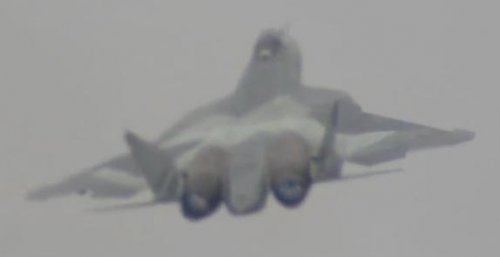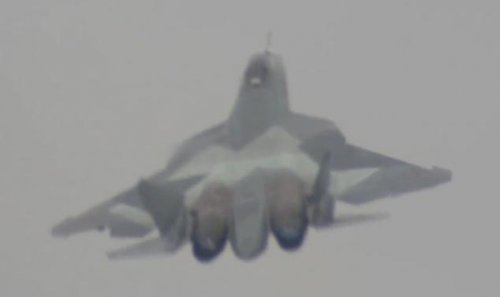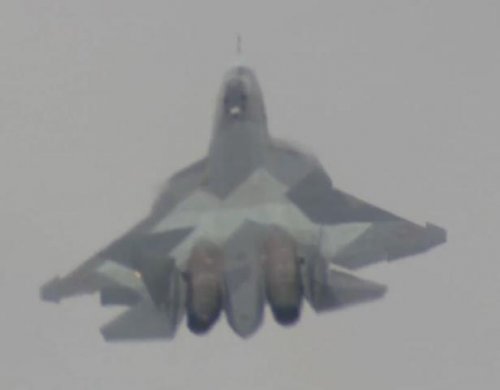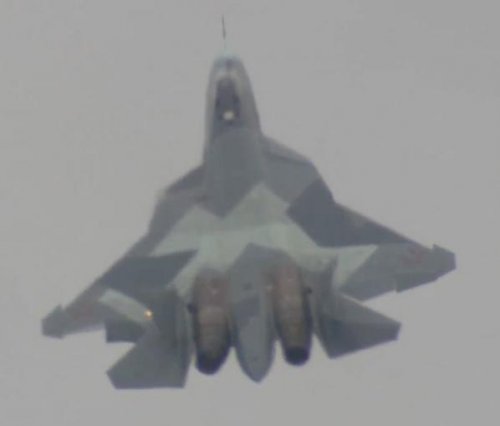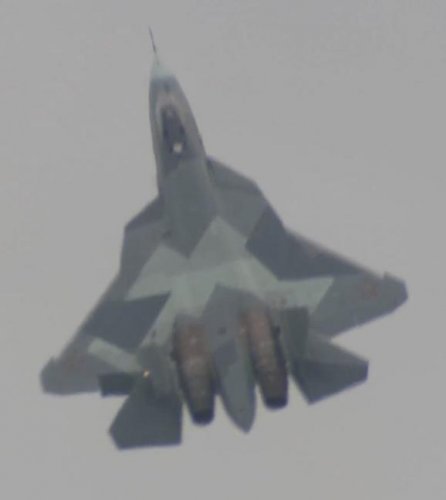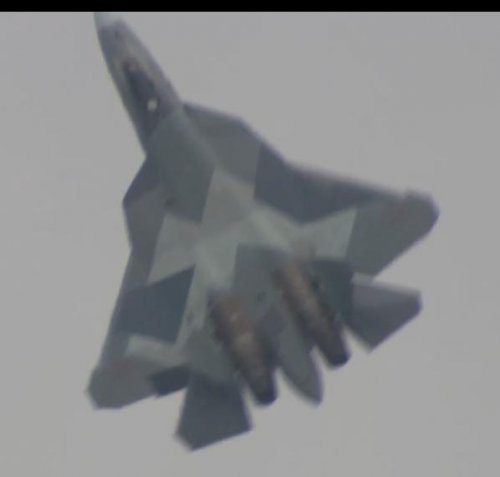sferrin said:
Avimimus said:
- Use of advanced parts of the flight envelop to maximise stealth in a known direction
This last one is interesting - once a target is acquired can the computer pick the ideal angle for defeating radar lock (and use the complex aerodynamic controls to position the aircraft without completely changing flight direction)?
This is why I've always wondered if those pods under the T-50s wing roots were really missile bays. Are there any pictures of them open or even showing how they're suppose to open? Now if the T-50 were meant to reduce visibility by trying to stay perpendicular to the likely direction of the enemy and those "pods" contains side-looking radar arrays. . .
You're talking this and that about T-50 but you're not even sure what the wing pods are for ? Everybody and their dog knew from day one, plus it's been sort of confirmed in a video this MAKS (not to mention reliable insiders)... oh and btw regarding the side arrays, you probably missed the posts discussing them in the other T-50 topic few days ago. They are on the side of the NOSE, and the arrays were shown at MAKS as well.
On that subject, curiously i've still never got a reply when asking (repeatedly) if the AESA radars are still vulnerable to Doppler notch, that would be VERY interesting to find out (can't recall if i asked that question here on SP too though).

